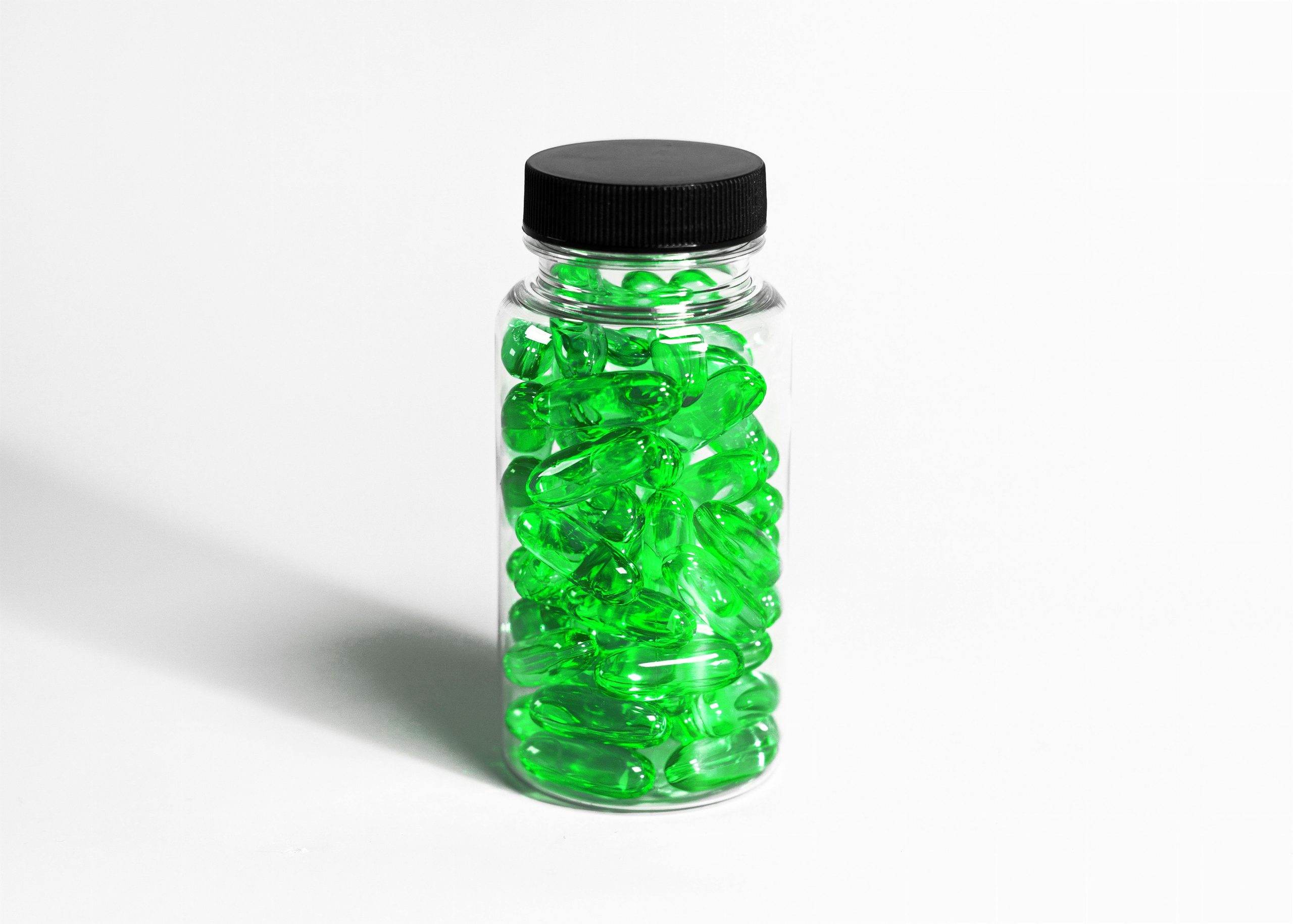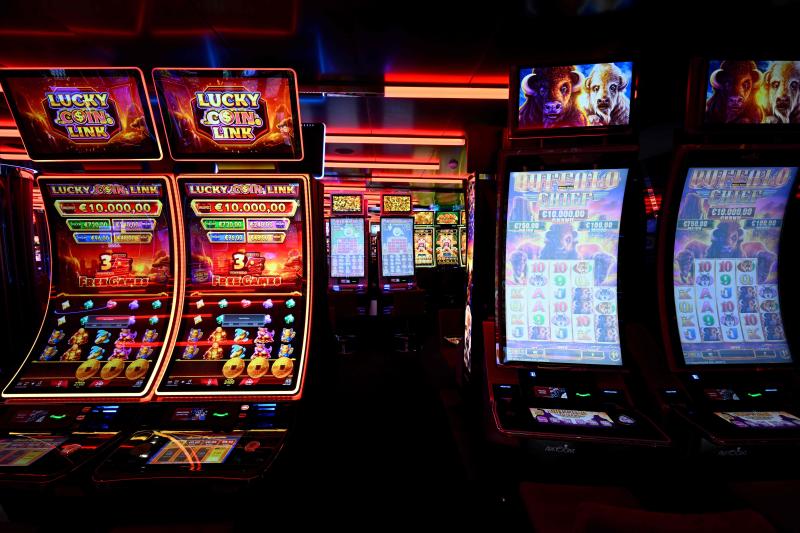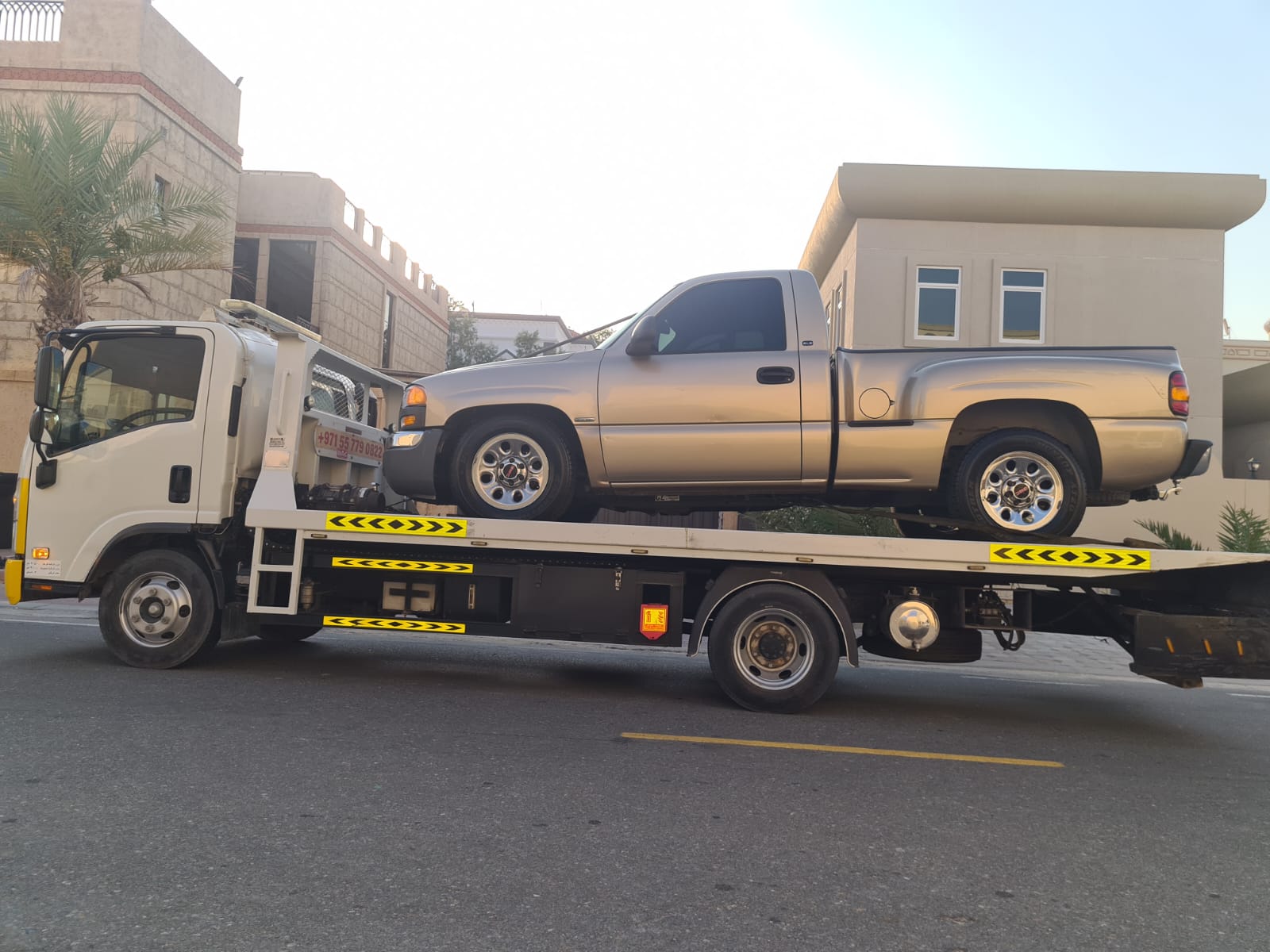The world of Pokémon cards has captured the hearts of millions globally, and India is no exception. Fans are increasingly seeking real pokemon cards india to indulge their passion for collecting. While the allure of these colorful collectibles remains high, the market can be fraught with challenges, particularly concerning authenticity and availability. This comprehensive guide aims to navigate you through the essential aspects of real Pokémon cards in India, ensuring a robust understanding whether you are a novice or a seasoned collector.
Understanding Real Pokemon Cards in India
What Makes Pokemon Cards Authentic?
Authenticity is paramount when it comes to Pokémon cards. Real Pokémon cards are produced under strict guidelines by The Pokémon Company and exhibit specific characteristics that help identify them. These characteristics include:
- Quality of Material: Genuine cards are made of high-quality cardstock that feels sturdy and flexible. They do not bend easily.
- Print Quality: Look for cards with vibrant colors and sharp images. Blurry posters or cards with pixelated images are likely fake.
- Holographic Features: Many rare cards are holographic. This effect should be smooth, not pixelated or uneven. Examine the shine closely under a light source.
- Card Details: Authentic Pokémon cards will have a specific layout and details, including the attack cost, hit points (HP), and the energy required. These will be consistent with official cards.
- Lyric Codes: Many authentic cards feature a barcode or a specific sequence of numbers indicative of the set it belongs to.
Purchasing from accredited sources can further enhance your chances of acquiring authentic items. Always ask for proof of certification when buying high-value cards.
The History of Pokemon Card Collecting in India
Pokémon card collecting in India has seen a meteoric rise since the late 1990s, spurred on by the franchise’s popularity through cartoon shows and video games. Initial collectors were primarily teenagers, but as the franchise grew, it reached a wider audience comprising kids and adults alike.
During the early 2000s, the availability of Pokémon cards was limited, with many fans having to resort to importing them at inflated prices. However, the establishment of various online platforms in recent years has revolutionized the collection scene, making it easier to buy, sell, or trade authentic Pokémon cards.
Common Misconceptions about Fake and Real Cards
As with many fandoms, misconceptions abound regarding Pokémon cards. Here are a few common myths debunked:
- All holographic cards are rare: While many holographic cards are scarce, not all have high value. Rarity is based on demand and market trends, not just appearance.
- Condition doesn’t matter: Condition significantly impacts a card’s value. Cards in mint condition fetch much higher prices than those that are worn or damaged.
- Older cards are always better: While vintage cards can be worth a lot, their value depends on the demand and condition. Some newer cards can be worth more than older ones.
Where to Buy Real Pokemon Cards in India
Top Online Stores for Authentic Pokemon Cards
The internet has become the go-to marketplace for Pokémon collectors. Several online retailers in India stand out for their extensive selection and commitment to authenticity:
- Pokedex.in: This site offers a simplified shopping experience for authentic Pokémon cards without the worry of high import duties, detailing each product for transparency.
- TCG Hub: A reputable source providing an extensive inventory of both Pokémon and other Trading Card Game (TCG) options, catering to collectors throughout the country.
- Cardly: Focused on authenticity, Cardly has emerged as a prime destination in India for Pokémon cards, including rare and graded items.
- Panda Shop: They have an array of booster packs and graded cards, providing a safe shopping experience and secure checkout options.
- TCG Republic: Known for fast shipping, they offer a variety of single cards, packs, and booster boxes. Their emphasis on trust and quality makes them a popular choice for buyers.
Local Shops and Card Fairs: A Hidden Gem
While online shopping is convenient, local shops and card fairs often provide an unmatched experience where collectors can interact and trade cards. Here’s where to find these gems:
- Comic Book Stores: Many cities in India host comic book shops that carry Pokémon cards. These outlets often have knowledgeable staff and can assist new collectors.
- Card Fairs and Collectors Meet-ups: Participating in local meet-ups allows collectors to engage with each other, trade cards, and discover hidden treasures.
- Specialized Hobby Stores: Some stores dedicated to trading card games often maintain a stock of Pokémon cards, attracting local collectors and providing a sense of community.
International Shipping Options for Imported Cards
For those seeking specific international editions or rare cards not available locally, international shipping remains a viable option. Websites like eBay and TCGPlayer provide platforms for purchasing from international sellers. However, when ordering from abroad:
- Beware of Import Duties: Factor in customs charges that can significantly increase the total cost.
- Check Seller Ratings: Always verify the seller’s feedback section to ensure reliability and authenticity.
- Shipping Times: Anticipate delays that can occur due to customs clearance and the seller’s shipping practices.
Identifying the Value of Real Pokemon Cards
Factors that Affect Card Value
Understanding what drives the value of Pokémon cards is fundamental for collectors. Key factors include:
- Rarity: Limited edition cards or those from special events tend to have higher values compared to mass-produced cards.
- Condition: The state of the card is paramount. Cards graded as “Gem Mint” will fetch much higher prices compared to those in poor condition.
- Market Demand: Trends in the Pokémon community can lead prices to fluctuate. Cards tied to popular characters or recent media releases often see value spikes.
- Grading: A professional grading from organizations like PSA or Beckett can enhance a card’s market value, providing collectors with assurance regarding its quality.
Grading Systems Explained
Grading is an essential part of the collecting process, using a standardized system that assesses card condition. Here’s a quick breakdown:
- Mint (10): The card will have no flaws or wear.
- Near Mint (9): Minor flaws are acceptable, but the card looks crisp.
- Excellent (8): Noticeable wear, but still a desirable card.
- Good (6-7): Major imperfections that still maintain desirability.
- Fair (5 or lower): Heavy wear, authenticity is there but less desirable.
How to Invest Wisely in Cards
Investing in Pokémon cards needs strategic planning. Here are steps to consider:
- Research Trends: Monitor online marketplaces and communities to keep up with which cards are experiencing market shifts.
- Diversify Your Collection: Just like any asset, don’t put all your money in one card. Spread your investments across various types to mitigate risks.
- Attend Events: Card shows and conventions are excellent for networking, learning, and possibly discovering investment opportunities.
Tips for Building Your Pokemon Card Collection
Starting Your Collection: Essentials to Know
Embarking on a Pokémon card collection journey can be thrilling yet daunting. Here are essentials to consider:
- Start with a Budget: Define how much you plan to invest initially and stick to it.
- Understand Card Types: Familiarize yourself with the types of cards available—these can range from common cards to ultra-rare editions.
- Keep Track: Maintain an inventory of your collection to help keep essential records of value and condition.
Networking with Other Collectors in India
Building relationships within the community can yield benefits beyond simple transactions:
- Join Local Groups: Engage with hobbyists in your community through local gaming stores or online forums.
- Social Media: Utilize platforms like Instagram or Facebook to connect with fellow collectors. Use hashtags to find others sharing your interests.
- Participate in Trades: Expand your collection by organizing trades, which can be beneficial for both parties involved.
Participating in Online TCG Communities
The Internet hosts an array of forums and communities devoted to TCGs. Engaging with these can provide valuable insights:
- Reddit: Subreddits like r/PokemonTCG provide platforms for advice, trading, and information on market trends.
- Discord Servers: Many Discord groups focus on trading and discussing card values; joining can lead to friendships and trade opportunities.
- Vloggers and YouTubers: Following TCG enthusiasts who produce content can provide hints and strategies for enhancing your collection.
Taking Care of Your Real Pokemon Cards
Best Practices for Card Storage and Preservation
Protecting your investment with appropriate storage is crucial. Here are key practices:
- Use Sleeves: Always keep cards in protective sleeves to shield them from dust, dirt, and physical damage.
- Hard Cases for Value Cards: High-value cards should be stored in hard cases to prevent bending and scratches.
- Maintain Stable Conditions: Store your collection in a cool, dry place, ensuring that extreme temperatures and humidity don’t affect the cards.
How to Clean and Maintain Your Cards
Cleaning cards can be tricky and requires caution:
- Gentle Cleaning: Use a microfiber cloth to gently wipe the surface of the cards. Avoid using any cleaning solutions that may damage them.
- Handle with Care: Always handle your cards by the edges to minimize fingerprints or smudging.
- Routine Checks: Periodically check the condition of your cards, ensuring they remain well-preserved and free from any issues.
Understanding Insurance for Valuable Collections
Insurance can offer peace of mind regarding your collection’s value. Consider the following steps:
- Consult Insurance Experts: Speak to financial advisors proficient in collectible investments to understand policy options.
- Document Your Collection: Keep detailed records, including photographs and purchase receipts of high-value cards, to facilitate insurance evaluations.
- Regular Evaluations: Periodically reassess your collection’s value, adjusting coverage as necessary to reflect market fluctuations.






